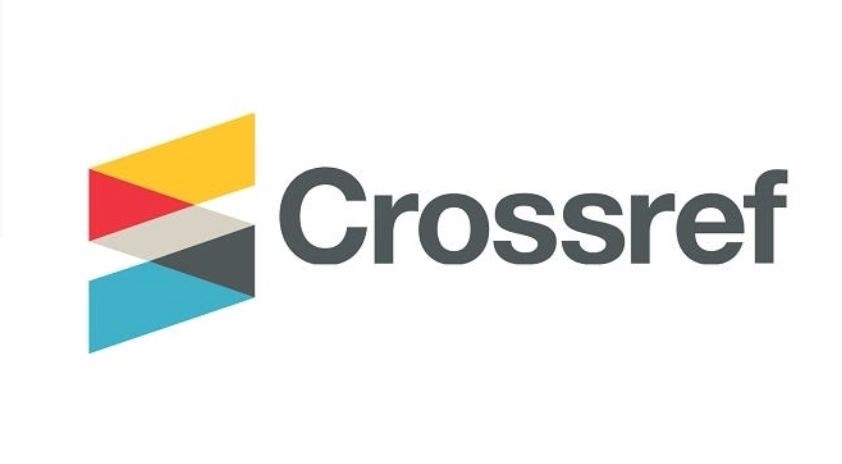Health Belief Model and its Relation to Age and Body Mass Index Considering Colorectal Examinations among Graduate Students
DOI:
https://doi.org/10.58897/injns.v31i2.313Keywords:
Health Belief Model, Colorectal ExaminationsAbstract
Abstract
Objectives: The study aims to: (1) Find out the relationship among participants’ age, body mass index (BMI), and Health Belief Model (HBM) related to colorectal examinations among graduate students. (2) Investigate the differences in Health Belief Model constructs between the groups of age, gender, marital status, and education level among graduate students.
Methodology: A descriptive correlational study design which conducted in the College of Fine Arts – University of Baghdad. A convenience sample of 80 graduate students were included in this study. The data were collected by using a self-reported questionnaire which consisted of two parts (I) socio-demographic characteristics (II) Colorectal Cancer Screening Beliefs Scale. The statistical package for social science (SPSS) for windows Version 24 was used for data analyses.
Results: The study finding revealed that the participants’ age mean was 39.82. There was no significant association between all Model constructs and each of age and BMI. While, there was a positive significant association between participants’ perceived susceptibility of contracting colorectal cancer and their perceived severity of colorectal cancer. Furthermore, there was a statistically significant difference in the cues to action related to performing colorectal examinations between education level groups.
Recommendations: Future studies and instructional programs based on the Health Belief Model are needed on various segments of the Iraqi population with the goal of changing the public’s beliefs about performing colorectal examinations.



